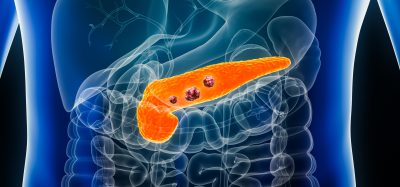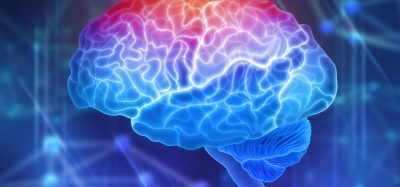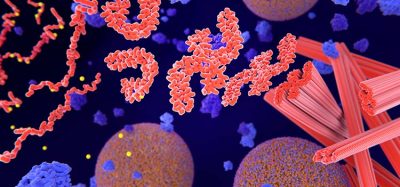Animal study shows abnormal activity of brain circuit causes anorexia
Posted: 30 May 2022 | Ria Kakkad (Drug Target Review) | No comments yet
Researchers have found that genetically and pharmacologically restoring the normal activity of the brain circuit improved anorexia, opening the possibility of developing a treatment strategy for affected individuals in the future.

Researchers at Baylor College of Medicine, Louisiana State University and collaborating institutions has discovered that abnormal activity in a particular brain circuit underlies anorexia in an animal model of the condition. Genetically and pharmacologically restoring the normal activity of the brain circuit improved the condition, opening the possibility of developing a treatment strategy for affected individuals in the future. Anorexia has no approved treatment, and the underlying causes is unclear. The study was recently published in Nature Neuroscience.
“In this study we worked with an animal model of the condition that mimics many of the characteristics we observe in people to investigate brain circuit alterations that could be involved in the condition,” explained lead author, Dr Yong Xu.
Previous work by the team has shown that dysfunction of dopamine and serotonin neurons, which regulate feeding, is associated with individuals with anorexia. However, how these two populations of neurons in the brain contribute to the condition was not clear.
“First, we found that under normal conditions dopamine neurons do communicate with serotonin neurons, and we studied this interaction to determine how it regulates feeding,” Xu said.
The researchers found that the strength of the signal transmitted along the dopamine-serotonin brain circuit determined how much the animals would eat.
“When dopamine neurons fired a lower-frequency signal, for example, between 2 and 10 Hertz, the result was inhibition of the serotonin neurons and overeating behaviour,” Xu explained. “On the other hand, when dopamine neurons fired at a higher frequency between 10 and 30 Hertz, the serotonin neurons were activated and this led to lack of feeding.”
The researchers then investigated whether the dopamine-serotonin circuit would play a role in the development or persistence of anorexia in a mouse model. They discovered that this brain circuit is super activated in the animal model, when compared to controls, providing an explanation for the animals’ lack of appetite and excessive exercising.
In addition, the team identified the dopamine receptor DRD1 as a key mediator of the hyperactivity of this circuit. Knocking out the DRD1 gene partially restored normal eating and exercise behaviours in the animals.
“The findings suggested that pharmacologically inhibiting the DRD1 receptor could also help reduce the circuit’s hyperactivity, an approach that could have clinical applications,” Xu concluded. “Indeed, we found that a drug that interferes with DRD1 receptor activity can effectively prevent anorexia and weight loss in the animal model. These findings support further studies toward developing a similar therapeutic approach for individual with anorexia.”
Anorexia is more common in females than in males, but the reason for this difference is not clear. “In future work we plan to look into what mediates the differences between males and females and try to understand the mechanism,” Xu said.
Related topics
Neurons, Neurosciences, Therapeutics
Related conditions
anorexia
Related organisations
Baylor College of Medicine, Louisiana State University
Related people
Dr Yong Xu







